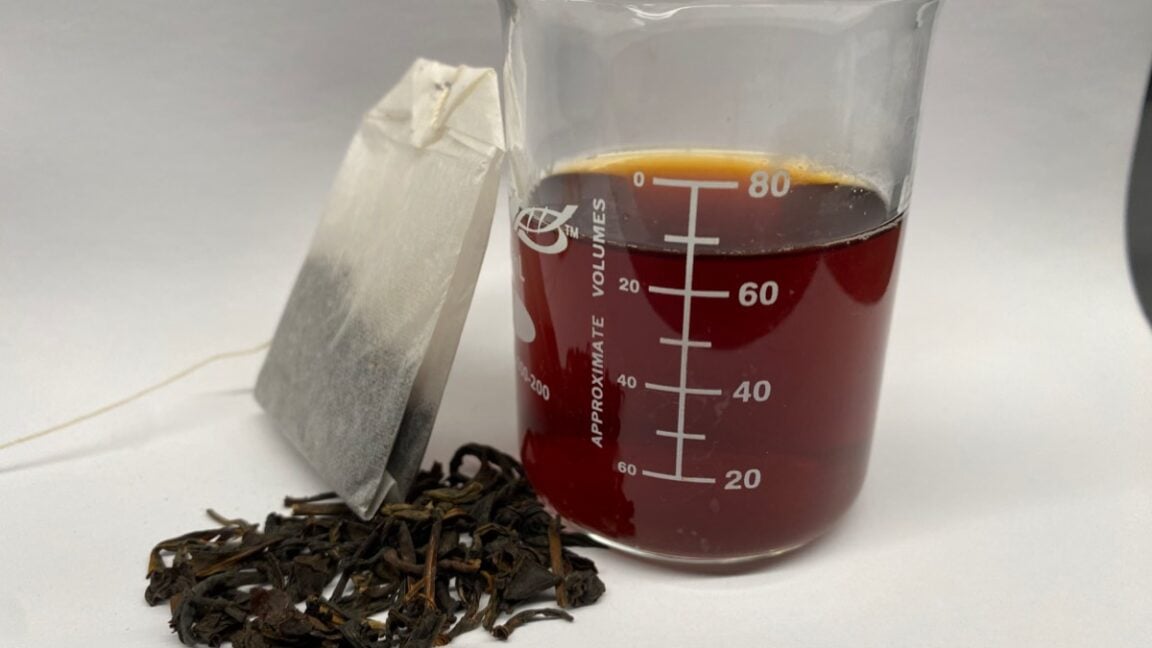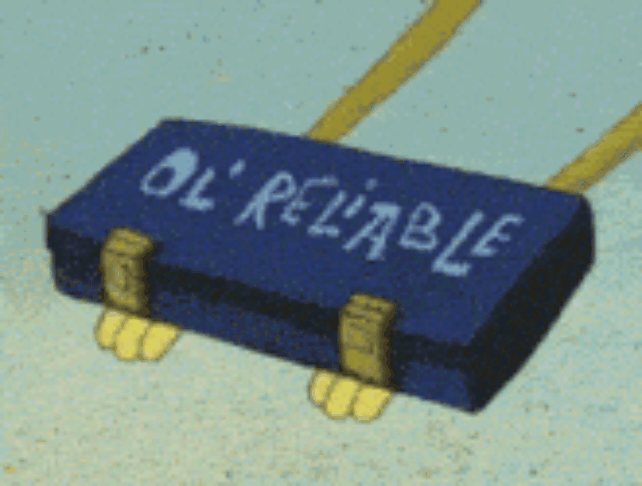Most nutrition studies focus on things like polyphenols, caffeine, or other chemicals released during brewing, but such research overlooks a unique aspect of tea: unlike most food and drink, tea leaves are not directly consumed, and the brewing process allows tea leaves to adsorb chemicals as well as release them—most notably heavy metal toxins like lead, arsenic, or cadmium. (Adsorption is when a substance adheres to the surface of something; absorption is when a material takes in a substance.)
Well, maybe I’ll start drinking tea.
So that’s why it’s so bitter. It removes the sweet, sweet lead from the water.
Didn’t i just read an article on teabags leeching microplastics?
There is such thing as loose leaf tea where you don’t use tea bags when brewing.
After a bit further reading of the article it looks like they also found that certain types of tea bags helped.
Specific type of tea bag that’s made out of plastic most of the ones you find are not of the same material. It’s the plastic tea bags that are causing it.
Even cellulose and paper bags were tested and had plastics in the glues and binders in the material. Unfortunately you need to look for manufacturers that explicitly say they’re plastic-free or buy loose leaf. I have a bunch of bagged tea I bought before I knew, and I’ve been ripping open the bags and dumping the tea in my infuser.
From the article (emphasis mine):
It turns out that the type of tea bag matters. The team found that cellulose tea bags work the best at adsorbing toxic metals from the water while cotton and nylon tea bags barely adsorbed any contaminants at all—and nylon bags also release contaminating microplastics to boot. Tea type and the grind level also played a part in adsorbing toxic metals, with finely ground black tea leaves performing the best on that score. This is because when those leaves are processed, they get wrinkled, which opens the pores, thereby adding more surface area. Grinding the tea further increases that surface area, with even more capacity for binding toxic metals.
Reminder to me to come back to this: there’s at least a rumor that green tea consumption is one reason heavy metals from seafood (particularly mercury) are not a problem in japan
So… wait. Did I read this right?
No matter how they brewed it, they filtered it a second time through cellulose. While steep time seems to be a factor, isn’t the cellulose doing the heavy lifting here?
Tannins and other compounds in tea can bind to heavy metals. Tho’ really I’d suggest not drinking water that has heavy metals in it, if at all possible. Edit: And for that matter, it would be amazing to avoid heavy metals in food as well.
Yeah, hopefully there was a control done with just water (no tea) at the same temperature also passed through the second filter. I can’t seem to get the whole paper without a subscription (or school/work/library account). Anyone have access and can confirm the details?
there was
Seems like if that’s was the case, steep times wouldn’t matter. Why would tea steeped longer have significantly less metal in it than tea steeped shorter if they both got poured through the same filter?
Why put lead in the water in the first place?
Well it helped petroleum products for a while.
Old plumbing use to be made of lead, because it’s a soft metal that is easy to work with with simple tools. Otherwise, pollution of the ground water.
*fortified water
Is it the same for looseleaf or bagged?
The team found that cellulose tea bags work the best at adsorbing toxic metals from the water while cotton and nylon tea bags barely adsorbed any contaminants at all—and nylon bags also release contaminating microplastics to boot.
Tea type and the grind level also played a part in adsorbing toxic metals, with finely ground black tea leaves performing the best on that score.
But the most significant factor was steeping time: the longer the steeping time, the more toxic metals were adsorbed.
I’m glad I over- steep my tea, also started using loose leaf due to the microplastics found in many grocery store selections
Uhh, which brands use nylon tea bags please?
Not sure. If you’re following the guidelines suggested in the article you’ll want to avoid any plastic and look for paper/cellulose bags. It may say “Plastic-free” on the container.
cellulose bags do some absorbing too:
The cellulose tea bag was found to have a higher binding affinity but a lower asymptotic limit compared with those of the tea itself. The different tea leaves had similar values for both Langmuir parameters, with the Lipton tea─which was finely ground, packaged tea─having slightly increased properties compared to those of the whole tea leaves. The higher values for the Lipton tea line up with subsequent experimentation on the effect of fineness
Seems to be an American problem.









